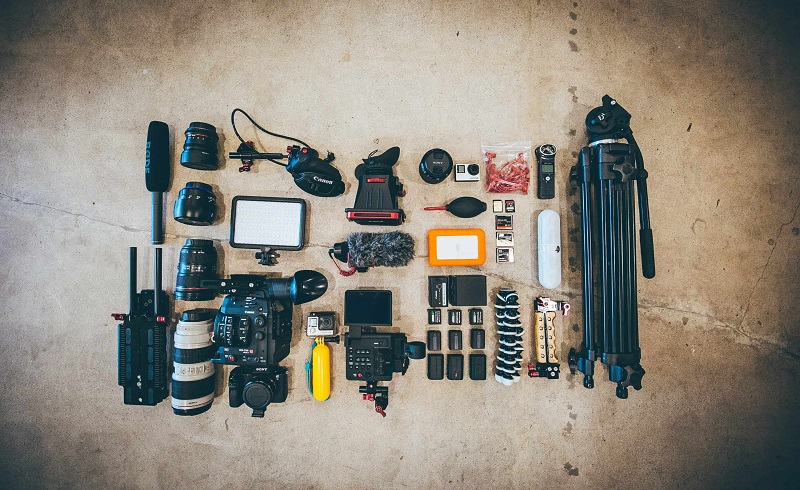Keys To A Good Video Deposition
When defending clients against powerful corporations, lawyers need every advantage they can get due to the limited resources and odds they frequently confront. It’s critical to keep a look out for witnesses and clients to prevent swaying the jury’s verdict.
Lawyers need to be aware of how video depositions affect how their witnesses and clients seem to the jury. Stenographers used to write written deposition statements. In contrast, the subject’s voice and picture are present in the filmed deposition. Any nonverbal cue, including body language and physiological state, has the power to support or refute an assertion. Due to the fact that jurors will be able to observe any expression or seeming lack of emotion, the subject’s performance during a video deposition may have a substantial impact on the jury. Even the opposing counsel may be informed, if necessary, of a client’s or witness’ nonverbal cues.
The same amount of work and preparation should go into getting a client or witness ready for a video deposition as they would for a live one. The jury can weight a witness’s and a client’s actions during the videotaped deposition equally with their testimony.
To avoid the subject’s appearance excessively influencing the jury, the person should be dressed professionally and photographed against a simple background. The learner also needs to learn how to stand up straight and refrain from slouching, fidgeting, or making excessive facial movements. When they are uncertain about the response, students should also learn how to clarify their questions.
The way testimony is presented to jurors has changed as a result of video depositions, but the way testimony influences a jury’s decision-making has not. Client and witness preparation for video depositions is equally important to witness preparation for the witness stand. The following information can assist lawyers in understanding how to assist their clients and witnesses in providing the best possible video testimony.


